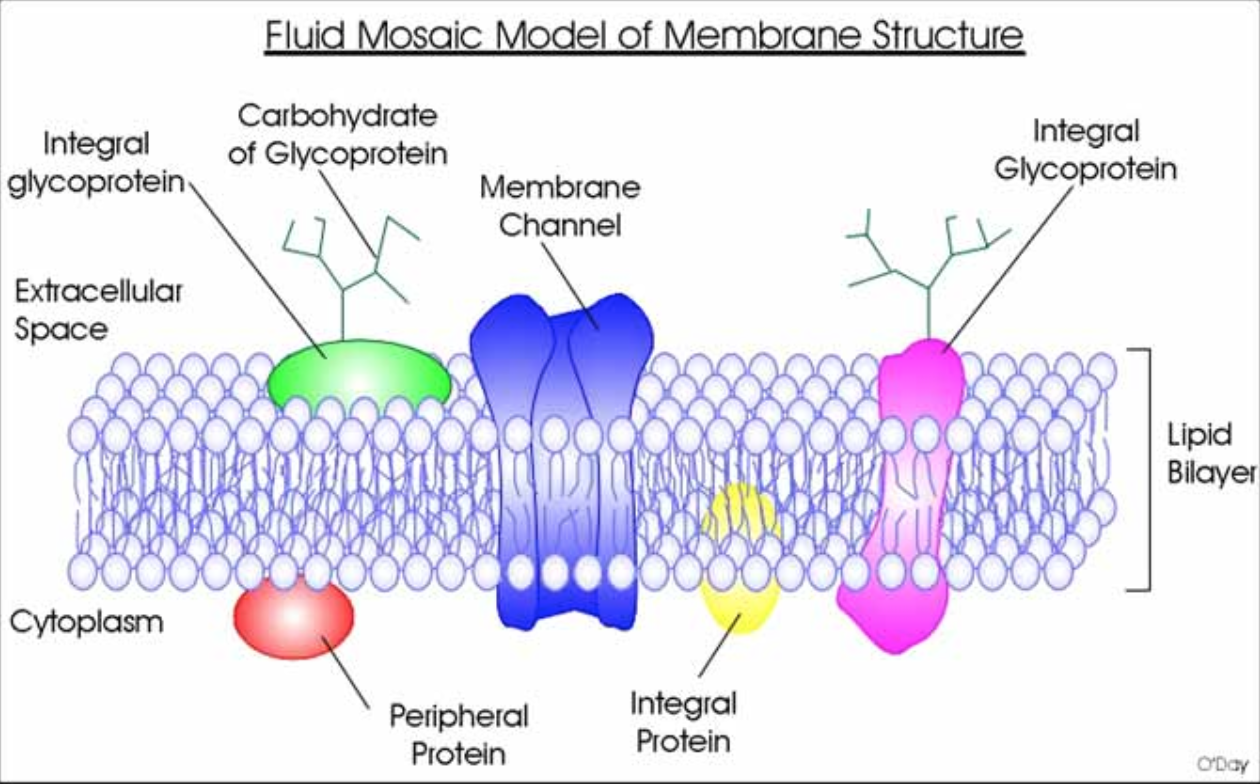

they have one polar part attracted by water (hydrophilic) and one apolar component repelled by water (hydrophobic). The main lipid membrane components are phospholipids. According to this model, membranes are made up of lipids, proteins and carbohydrates (Figure 1). The fluid mosaic hypothesis was formulated by Singer and Nicolson in the early 1970s. Nowadays, the consensual model to depict the membrane structure and functions is called the “fluid mosaic model”. The cell membrane is not only the boundary of the unit of life, it is also a specific compartment that harbors many essential cell functions including communication with the environment, transport of molecules and certain metabolic functions. Modern descriptions of the cell are intimately related to the notion of cell membranes.

Apart from its purely historical relevance, this account can provide a starting point for considering the theoretical significance of membranes to the definition of the cell and could have implications for research on early life. How were the cell boundaries considered between the articulation of the Cell Theory around 1839 and the formulation of the fluid mosaic model that has described the cell membranes since 1972? In this review I will summarize the major historical discoveries and theories that tackled the existence and structure of membranes and I will analyze how these theories impacted the understanding of the cell. It was not until well into the XX th century that the existence of the plasma membrane was broadly accepted and, even then, the fluid mosaic model did not prevail until the 1970s. When the Cell Theory was first formulated in the XIX th century, almost nothing was known about the cell membranes. This statement is so widely accepted by biologists that little attention is generally given to the theoretical importance of cell membranes in describing the cell. All modern cells are bounded by cell membranes best described by the fluid mosaic model.


 0 kommentar(er)
0 kommentar(er)
